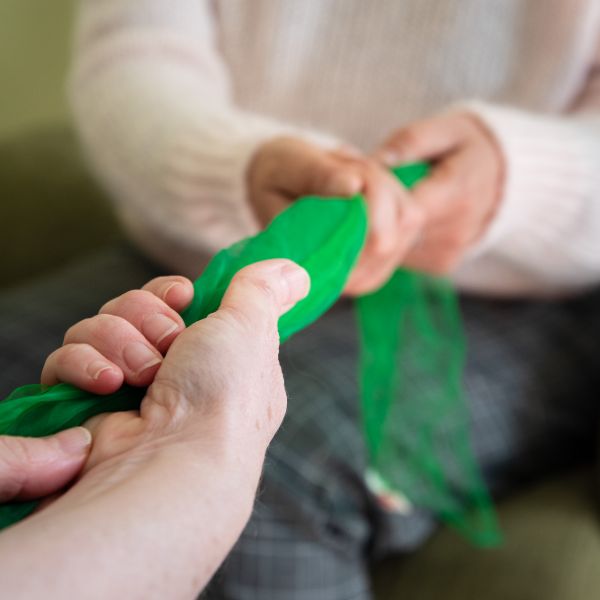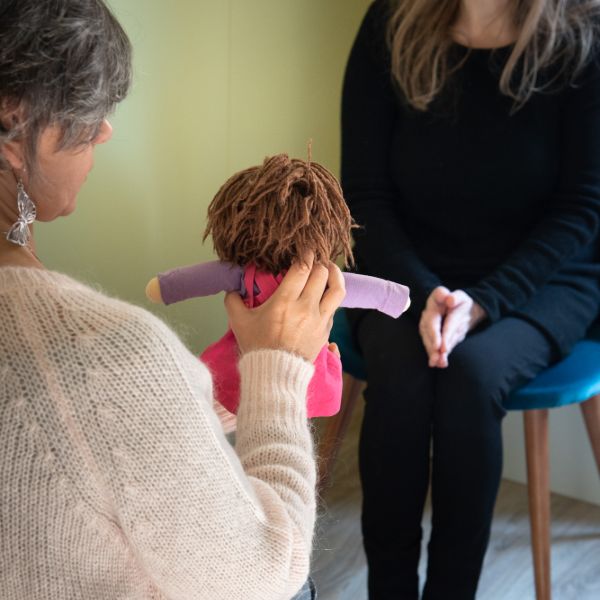My Approach
My Approach

My approach to psychotherapy is mainly inspired by the Hakomi Method, integrated with techniques from Primary Attachment Therapy.
In addition to exploring your personal experiences, feelings and emotions, we will take time to observe the bodily sensations that accompany them.

As a somatic psychotherapist, I am a specialist in working with survivors of trauma.
When treating PTSD I may include (when appropriate) eye movement desensitization and reprocessing (EMDR) techniques. One of my primary areas of interest is working with couples of every type and sexuality.
I have been trained in cognitive behavior therapy (CBT), which allows me to calibrate work on deeper issues, acting on the symptoms that a person finds limiting and accompanying them in identifying the right strategies that will empower them to face and overcome the challenges of life, whether large or small.
I strive to bring a safe, welcoming and non-judgmental environment for curious discovery to the psychotherapeutic process.
My background as a musician and my familiarity with the language of singing, dancing and storytelling enable me (when appropriate) to add an expressive component to the journey. Play, beauty and creativity are further tools that may become part of our work together.
Hakomi MSP is a gentle yet powerful approach based on the following guiding principles:
- The idea that body and mind are not separate entities. Both make up who you are and should therefore be explored and treated as one.
- Psychodynamic orientation, aimed at revealing processes that occur below our level of awareness and integrating parts of personality that may be conflicting with each other.
- An experiential approach and the use of small experiments to bring to light and allow us to examine the way in which we interpret reality.
- Working on the present moment as a potential bridge to the past.
- The idea that it is possible to provide experiences able to support the development of a new, whole and more authentic self (Memory Reconsolidation).
- The extensive use of Mindfulness, a state of calm alertness in which your attention is directed inwards. This condition of awareness enables us to astutely detect the thoughts, feelings and emotions that we do not normally pay attention to as we go about our daily lives. Mindfulness allows us to become aware of thoughts, emotions, and physical sensations we don’t usually notice.
If you want to know more about the Hakomi Method, visit the website of the Hakomi Institute. For information about training activities in Europe in English, check Hakomi Mallorca.


Primary Attachment Therapy is designed to uncover how we learned to exist and connect with others in our earliest years of life.
These ways of interacting with others continue to shape our interpersonal relationships in the here and now and are often behind our sense of dissatisfaction with the way we relate to the people we love. In summary:
- Our earliest experiences with our caregivers condition the way we interact with others, but these patterns of behavior are not set in stone.
- Attachment Therapy occurs when therapist and patient are profoundly in synch, a state that acts as a protective “bubble” formed of kindness, empathy and curiosity. In this safe space, we can become aware of the automatic ways we experience relationships and gradually discover new strategies for interacting with ourselves and the world around us.
- The sessions are aimed at providing a new, stable experience of human interaction able to mitigate fragile aspects of a person and the ways in which they relate to others.
- The therapeutic relationship is both the lynchpin of the treatment and the instrument of change.
If you want to know more about how Body Psychotherapy works, watch this video produced by the European Association for Body Psychotherapy (EABP)
Bodywork & Touch
The body—to be aware of, explore or move—is an integrational aspect of this process, alongside what you remember or already know about yourself.
In certain circumstances, brief experiences of physical contact between you and I can be a rich source of insight and a precious resource. However, direct contact is not indispensable. It is always possible to work on your bodily experience without the use of touch.
Physical contact only occurs when:
- You have been thoroughly informed why and how touching will occur
- You feel comfortable with the idea
- You give your explicit consent


Book a free introductory session (online or in-person)